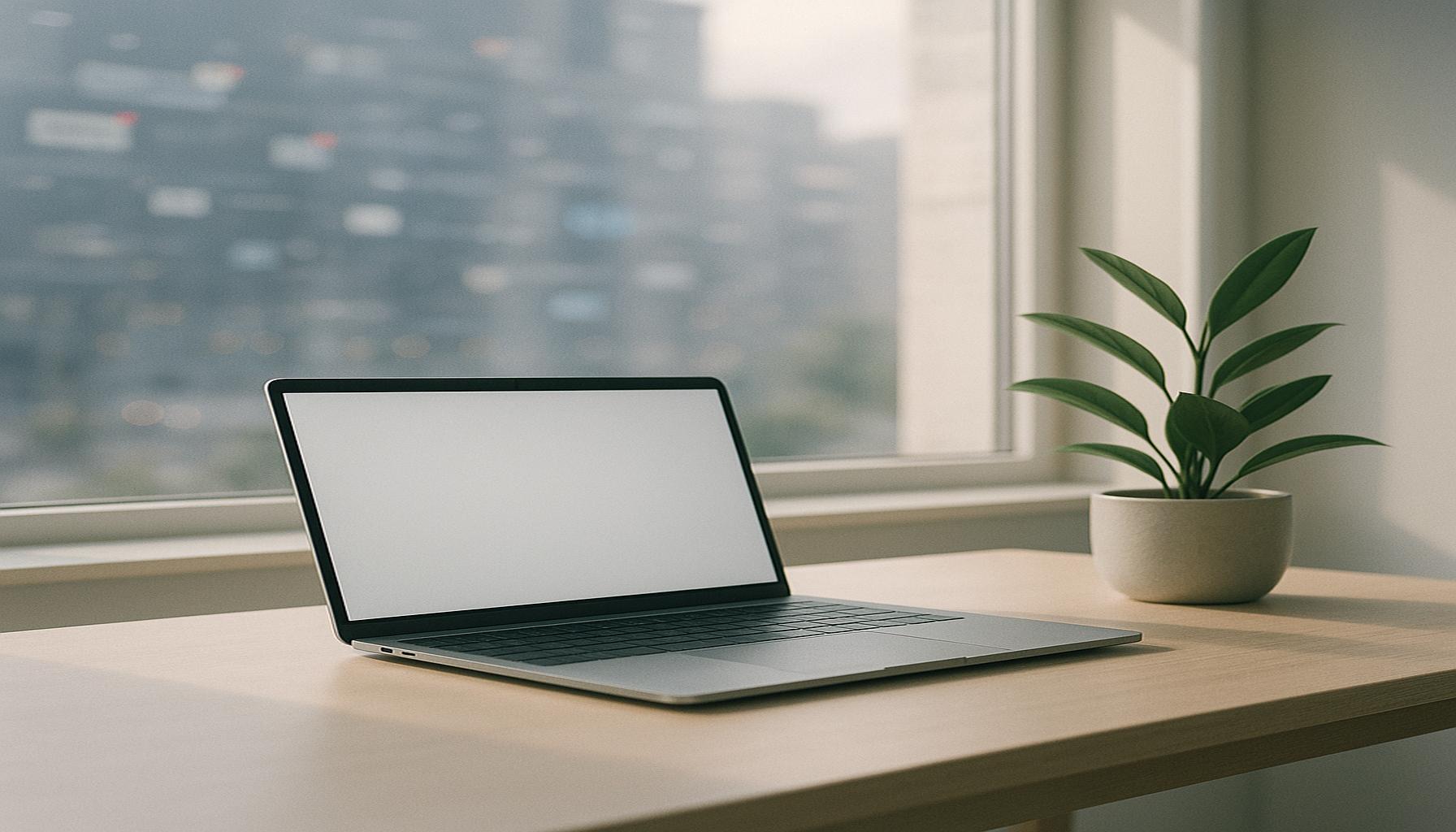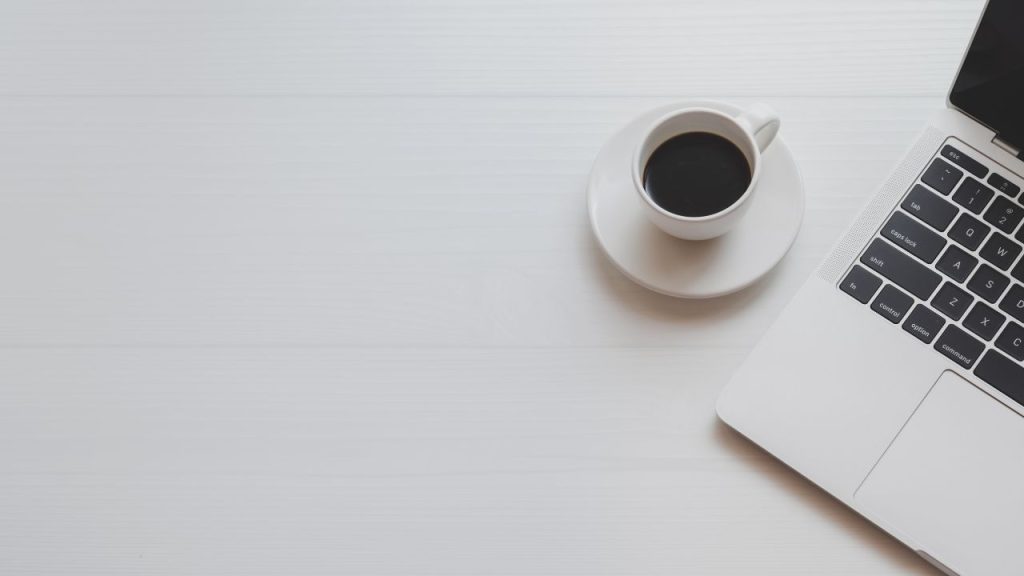Digital Minimalism: Cultivating Intentionality in a Connected and Overloaded World

Understanding Digital Distractions
In recent years, the prevalence of distractions stemming from smartphones, social media, and various online platforms has reached unprecedented levels. The average American spends over four hours a day on their mobile devices, with notifications vying for attention every few minutes. This constant bombardment can create a sense of urgency and anxiety, making it challenging to focus on tasks that matter most. As we navigate through this digital chaos, one critical question comes to mind: How can we regain control of our attention and foster a sense of intentionality in our daily lives?
One approach that has gained traction amidst the digital frenzy is the concept of digital minimalism. This philosophy does not advocate for a complete withdrawal from technology; rather, it promotes a mindful framework for tech usage. For instance, someone might decide to delete social media apps from their phone, keeping only those that serve a clear purpose, like staying connected with family or professional contacts.
Key Principles of Digital Minimalism
To effectively implement digital minimalism, several key principles can guide your journey:
- Selective Engagement: Deliberately choose the technologies you engage with, focusing on those that enhance your life. For example, if a particular social media platform contributes to feelings of inadequacy or stress, consider limiting your time there or even shuttering your account altogether.
- Accountability: Take stock of your digital habits by keeping a journal of your tech usage. Reflect on how these habits influence your mood and productivity. Apps like Moment or RescueTime can help track screen time and provide insights into where your attention goes.
- Disconnection: Create designated periods for complete disengagement from screens. This can be as simple as a device-free dinner or a weekend retreat away from technology. Retreats like “digital detox” weekends are gaining popularity, allowing individuals to disconnect and foster creativity through nature and in-person interactions.
Incorporating these principles into daily life allows individuals to challenge the norm of perpetual connectivity. Prioritizing quality interactions over quantity can lead to a healthier relationship with technology, enabling individuals to be more present and engaged in their lives.
Benefits of Embracing Digital Minimalism
As we immerse ourselves in a culture that often glorifies busyness, mastering the art of digital minimalism may pave the way for a more balanced and fulfilling existence. Proponents suggest that this approach not only enhances individual productivity but also enriches personal relationships. For instance, by reducing distractions, one might find they have more meaningful conversations with friends and family.

Ultimately, the path to intentional digital practices invites us to redefine how we view technology in our lives. It beckons us to consider how we can cultivate an environment that fosters creativity, mindfulness, and genuine connection in our increasingly digital world. As you embark on your journey toward digital minimalism, remember that the goal is not to eliminate technology entirely but to shape it around your life’s true priorities. This may well be the next significant step toward leading a purposeful and enriching life amidst the noise of the digital age.
DISCOVER MORE: Click here to enhance your productivity
Reimagining Our Digital Habits
In a world constantly buzzing with notifications and alerts, the practice of digital minimalism offers a refreshing counter-narrative. This movement encourages users to deliberately curate their digital experiences and focus on what genuinely adds value to their lives. The concept originated from the understanding that not all technology enhances our lives; in fact, much of it can detract from our well-being, as the incessant need to check our devices often leads to increased anxiety and distraction.
Digital minimalism is not merely about reducing screen time; it’s about cultivating an intentional relationship with technology. This deliberate approach challenges the prevailing notion that more connection and more devices equate to greater satisfaction. Instead, it inspires individuals to ask tough questions about their digital practices. For instance, how many of the applications on your phone are essential? Are they enhancing your productivity or merely serving as distractions? Are you genuinely engaging with others, or merely scrolling through feeds?
Identifying Digital Clutter
To embrace digital minimalism effectively, one must first identify the digital clutter that occupies both mental and virtual space. This clutter can manifest through various forms, including:
- Unnecessary Apps: Many people carry a multitude of applications that they rarely use. Streamlining these can create a less chaotic user experience on devices.
- Frequent Notifications: Continuous notifications create a fragmented focus. Assess the impact of each alert and silence or turn off those that do not serve a vital purpose.
- Social Media Overload: With the average person spending more than two hours a day on social media, evaluating which platforms provide real value and which contribute to feelings of disconnection or inadequacy is essential.
Once this clutter is identified, the next step involves making intentional decisions about what to keep and what to let go of. This process can feel overwhelming at first, but engaging in decluttering can lead to a simplified digital life, allowing for greater focus on activities that genuinely enrich one’s existence. A digital decluttering session could resemble a spring cleaning for the mind— invigorating and refreshing.
The Mindful Consumption of Technology
Embracing digital minimalism also calls for a shift towards mindful consumption of technology. This shift can lead to improved mental health and productivity. For instance, practices such as setting specific times for checking email or dedicating certain hours of the day solely to work (free from digital distractions) can cultivate a more concentrated mindset. Establishing boundaries around tech usage not only helps in reorganizing one’s schedule but can also lead to deeper and more meaningful interactions when technology is reprioritized.
As society becomes increasingly connected through technological advancements, it is crucial to remember that this connection can come at a cost. By adopting the principles of digital minimalism, individuals can transform their relationship with technology from one of dependency to one of intentionality, cultivating a life centered around what truly matters. This intentional approach offers individuals the opportunity to reclaim their time and mental space, ultimately leading to a more fulfilling existence amidst an overloaded digital landscape.
| Advantage | Description |
|---|---|
| Enhanced Focus | Digital minimalism encourages the removal of distractions, allowing for greater concentration on the tasks that truly matter. |
| Improved Well-being | By reducing digital noise, individuals experience less anxiety and overwhelm, leading to a more peaceful state of mind. |
| Intentional Living | Embracing digital minimalism fosters a lifestyle where decisions are mindfully made, reflecting personal values and priorities. |
| Better Relationships | Fewer digital distractions result in enhanced connections with family and friends, as attention is directed where it matters most. |
The focus on digital minimalism not only enhances individual productivity but also encourages fostered human connections, creating a more fulfilling interaction with the world around us. As you delve deeper into the practice of prioritizing what truly adds value to your life, you uncover the art of living intentionally, one mindful choice at a time. The essence of digital minimalism invites readers to appreciate simplicity in an increasingly complicated digital landscape, where the essence of well-being is often overshadowed by the chaos of constant connectivity. Explore these dynamics to unlock your potential for a more intentional life.
DISCOVER MORE: Click here to transform your daily routine
Practicing Digital Intentionality
Integrating the principles of digital minimalism into daily routines can help foster intentionality, transforming how we interact with our devices and the digital landscape. One effective strategy is to adopt a time-batching approach, where tasks are grouped together and tackled in dedicated blocks of time. For instance, instead of constantly checking emails throughout the day, one might allocate specific periods—perhaps in the morning and early afternoon—to engage with their inbox. By doing so, it reduces the cognitive overload associated with the perpetual distraction of incoming messages and allows for deeper focus on essential tasks.
Detox from Digital Engagement
The concept of a digital detox can significantly enhance one’s relationship with technology. Defined as a period during which an individual refrains from using digital devices, a digital detox can begin with small steps, such as committing to no screen time during meals or before bedtime. Statistics show that the average American spends over 11 hours daily interacting with media and digital devices. This addiction to screen time can lead to heightened stress and decreased mental clarity. By consciously choosing to unplug, individuals can create space for self-reflection, meditation, or even physical activities—factors all known to improve mental health and overall well-being.
Another approach could involve setting boundaries with social media. Research indicates that frequent social media use can lead to feelings of inadequacy and low self-esteem. By limiting engagement on these platforms to a few times weekly and unfollowing accounts that contribute to negativity, users can reclaim their time and mental energy. Furthermore, engaging mindfully with the content consumed—favoring positivity, education, or inspiration—leads to a healthier consumption pattern.
Building a Holistic Digital Well-Being Ecosystem
In the quest for digital minimalism, it is essential to build a holistic digital well-being ecosystem. This ecosystem encompasses the establishment of various digital hygiene practices that cover cybersecurity, privacy settings, and emotional well-being. For instance, being vigilant about privacy settings on devices and apps can prevent unnecessary digital clutter and enhance security. Regularly reviewing permissions granted to applications can help maintain control over personal information, thus ensuring that digital interactions are secure and trustworthy.
Furthermore, incorporating wellness apps that promote mindfulness or effective task management can serve as valuable tools within this ecosystem. Applications that focus on meditation, productivity techniques, or even virtual journaling can help promote mental clarity and emotional stability. For example, users can explore platforms dedicated to mindfulness practices that facilitate intentional moments away from expected digital engagement, reinforcing their commitment to a more balanced digital life.
Reconnecting with Real-World Interactions
Ultimately, one of the most profound aspects of digital minimalism is the opportunity it creates for deeper real-world connections. As individuals declutter their digital lives and establish boundaries, they find themselves with more time and energy to invest in face-to-face relationships, hobbies, and community involvement. This shift encourages users to prioritize in-person interactions, gather around shared experiences, and rekindle the joys of tactile engagements and offline activities.
In a time when technology often isolates rather than connects, fostering authentic conversations, shared meals, and outdoor adventures can help individuals cultivate meaningful relationships. Engaging in community activities or volunteer work can further bridge the gap that digital overload has created, leading to a more fulfilling and enriching lifestyle.
DISCOVER MORE: Click here to enhance your routine
Conclusion
As we navigate through an increasingly connected and overloaded world, the principles of digital minimalism provide a vital framework for cultivating intentionality in our daily lives. The strategies discussed—such as time-batching, digital detoxes, and establishing a holistic digital well-being ecosystem—empower individuals to reclaim their time and mental energy from pervasive digital distractions. By consciously moderating our interaction with technology, we not only enhance our productivity but also foster deeper connections with the world around us.
This evolving approach encourages us to step back, reflect, and prioritize what truly matters—be it meaningful face-to-face interactions or immersive experiences in nature. As we increasingly recognize that our well-being hinges on the balance between our digital engagements and personal connections, taking intentional steps toward reducing screen time emerges as a necessity rather than a luxury.
With statistics reflecting that the average American spends over 11 hours a day on media, adopting digital minimalism invites an exploration into how our consumption patterns shape our mental health. Embracing a more intentional digital life can ultimately nurture a sense of fulfillment and purpose that transcends beyond virtual interactions.
In conclusion, as we embark on the journey of digital minimalism, let us remember that the goal is not to eliminate technology but to wield it as a tool for enhancing our lives. By making informed choices and establishing healthy boundaries, we can cultivate a more intentional existence amidst the digital chaos. This newfound clarity leads not only to improved productivity but also enriches the quality of our relationships and, in turn, the essence of our lives.


